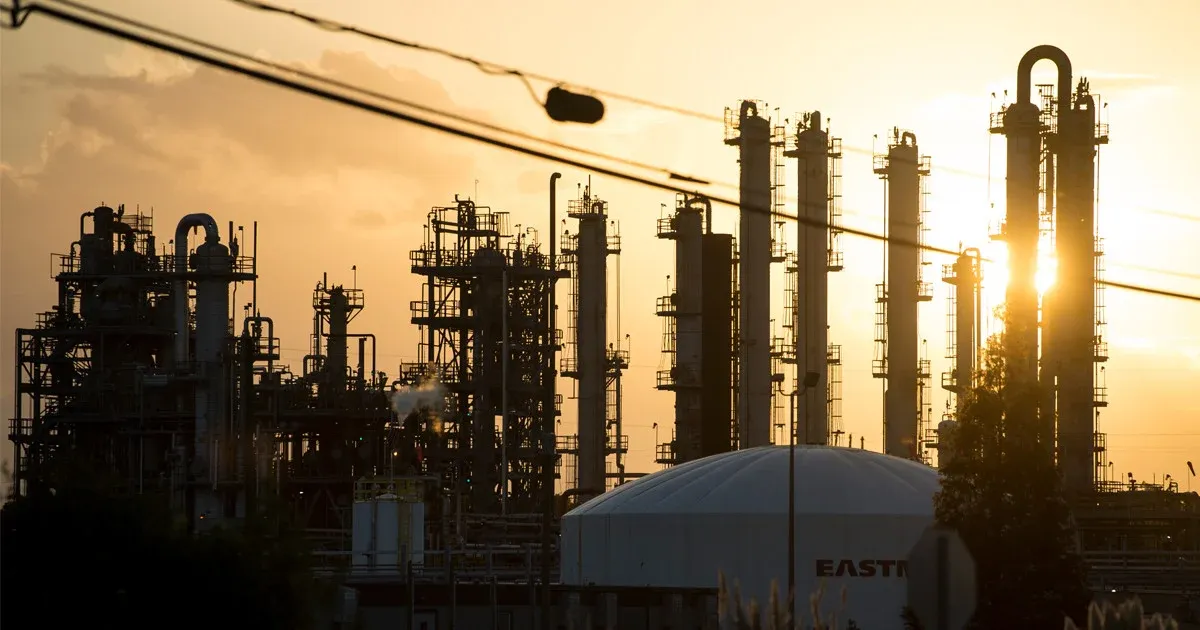Study Reveals Alarming Levels of Cancer-Causing Chemical in Louisiana's African American Communities

BATON ROUGE, La. — A new study has brought to light a harsh reality for many African American communities along the Mississippi River corridor between Baton Rouge and New Orleans. Researchers from Johns Hopkins University have found that ethylene oxide, a chemical linked to increased cancer risk, is significantly more prevalent in the air than previously thought. Concentrations of the chemical were discovered to be 1.5 to more than 19 times higher than U.S. Environmental Protection Agency estimates.
The study focused on 13 census tracts in Ascension, Iberville, St. James, and St. John the Baptist parishes—areas that are predominantly African American and home to 12 of the 15 industrial facilities in Louisiana that emit ethylene oxide. These facilities include all the largest emitters in the state. Researchers used two mobile labs with advanced optical equipment to measure air quality continuously for 27 days from Jan. 31 to Feb. 16, 2023.
The results were alarming: Every tract studied exceeded EPA estimates for ethylene oxide, and 12 posed a greater cancer risk than EPA standards permit. The EPA's acceptable risk level is an added cancer risk of 1 in 10,000, but the study found levels much higher within one kilometer of the facilities and significant plumes extending up to seven miles away.
One particularly concerning plume reached the Pelican Point community, more than four miles from the likely source, prompting calls for long-term air quality measurements within six miles of emitters, including around local schools like East Ascension High School.
Johns Hopkins officials emphasized the increased cancer risks for residents near ethylene oxide facilities. Peter DeCarlo, associate professor of Environmental Health and Engineering at Johns Hopkins, noted that the levels detected were far higher than EPA estimates, underscoring the severe environmental injustice faced by these communities.
Despite these findings, industry groups have questioned the study's accuracy. Greg Bowser, president and CEO of the Louisiana Chemical Association, expressed concerns about the calibration of monitoring devices and the need to contextualize background levels of ethylene oxide.
The study identified St. Gabriel and Carville in eastern Iberville Parish as having the highest concentrations, significantly above the EPA's acceptable risk level. Other affected areas include Dutchtown, Geismar, Sorrento, southern Gonzales, Burnside, Reserve, and Belle Point—all predominantly African American communities.
Researchers found that nearly half of the 192 detected plumes had concentrations at 1 part per billion (ppb) or greater, 92 times the EPA's safe level for chronic exposure. The area around La. 73, La. 30, River Road, and Ashland Road, home to BASF, Shell Chemical, and Rubicon, accounted for 50 plumes of 1 ppb or greater during testing.
Ellis Robinson, the study's lead author, highlighted that while industry-reported ethylene oxide emissions have decreased by 30% between 2016 and 2022, the EPA’s risk estimates are based on self-reported data, whereas this study used actual measurements.
Ethylene oxide, a sweet-smelling, colorless gas used in medical equipment sterilization and chemical production, was classified as a human carcinogen by the EPA in 2016. The Johns Hopkins study, funded by Bloomberg Philanthropies' Beyond Petrochemicals campaign, underscores the significant health risks posed by ethylene oxide in the river corridor, particularly for African American communities.
Community and environmental groups have reiterated their call for mandatory fence-line monitoring of toxic emissions. While the state Department of Environmental Quality did not comment, EPA officials pointed to ongoing efforts to reduce toxic pollution in the region.
The study has been published in the peer-reviewed journal Environmental Science & Technology, with five experts reviewing its findings before publication.






